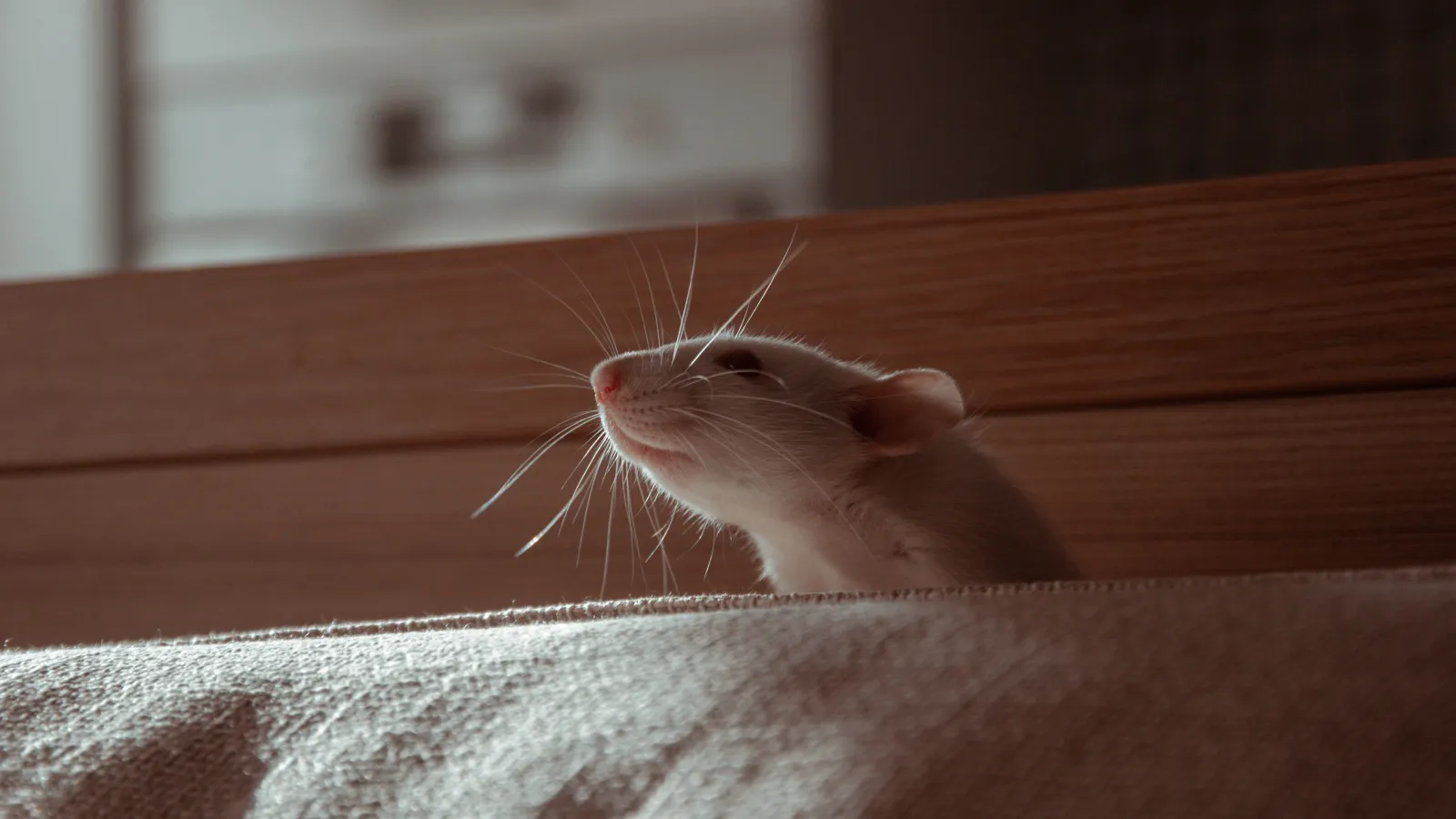If you own a home, there is always a possibility that it may be at risk for a rat or mice infestation. Any type of rodent infestation can easily turn into an expensive ordeal if not handled properly. Worse, your family's health will be put at risk by exposing them to a variety of contagious diseases and parasites.
The reality is that everyone is at risk for a rodent infestation no matter how new your home may be. Here are four reasons that you may be experiencing a rodent problem:
Poor Sanitation
One possible reason for an infestation could be a result of poor sanitation. Along with health concerns and other problems, poor sanitation can lead to a situation where rats and mice have easy access to food and water sources, encouraging them to move in and create a nest in your home.
Rats and mice are generally associated with unhygienic spaces, which rings true if there are bits of garbage scattered throughout the house. These rodents are scavengers and will invade any home in search of food and a safe place to raise young, and if your home isn't clean, it will satisfy both criteria and be at risk for infestation.
Bird feeders and other types of food items that leave residue also attract rats and mice. Likewise, the nuts and fruits that fall from trees can also attract rats and mice to your home.
Rodents are also attracted to water sources. If you have a pet with a water bowl outside or an outdoor pool, you may want to eliminate those water sources by covering your pool, or moving your water bowls inside.
Seeking Shelter Within the Home
Rats and mice are constantly seeking out shelter that can act as a potential nesting site for their young. Outside the home, leaf piles, deep mulch, and any other type of debris pile can act as a safe nesting site for a colony. From there, the rodents will then chew through the siding of the home and get inside.
When looking for a secure place from predators, rats and mice can both squeeze into incredibly small spaces to gain entry. Rats can fit in unsealed cracks or holes the size of a quarter and mice can squeeze through spaces as small as a dime.
Since mice can fit into small spaces, any gaps in windows, ceilings, plumbing lines, gas lines, or sewer lines also leave your home vulnerable to an invasion in addition to the other health concerns. Rats are also capable of gnawing through wood, so any old homes with wooden interiors may be more susceptible to unwanted houseguests than newer homes.
Seeking Shelter Around the Home
Firewood piles are also enticing to both rats and mice. Piles of lumber like firewood can serve as shelter for rodents if they can access it from the ground.
Discarded furniture, automobiles, any other items that may act as potential shelter are also attractive to rodents. If you have shrubs or flowers near your home, rodents may seek shelter in those areas as well.
Variable Factors
There are many factors that make our homes more susceptible to a rodent infestation. There are also factors that cannot be controlled, but they should be addressed, so you can take every possible preventative measure.
Any form of human intervention in the ecosystem, like construction noise, could possibly force rats into seeking better and more secure forms of shelter. Decreased temperatures also play a role in rat and mouse behavior: as the temperatures get colder in the fall, rat and mice infestations become more popular. Because the rodents want to stay warm, they'll burrow deeper into the home and will stay inside longer, so fall and winter infestations can also be much more severe.
An increase in predators or a scarcity of food could also push rodents into your home. These are all uncontrollable things that happen no matter what you do to prevent them, which is why it is recommended that you contact a local pest management professional to help you solve your rat and mouse problem.




